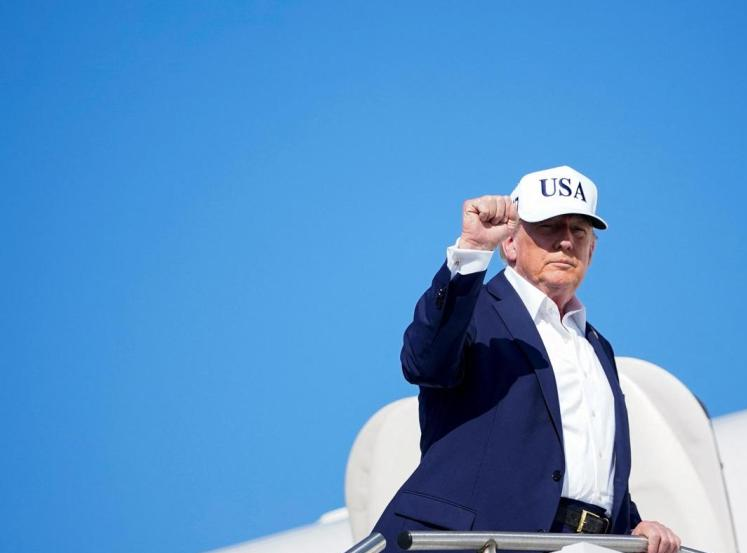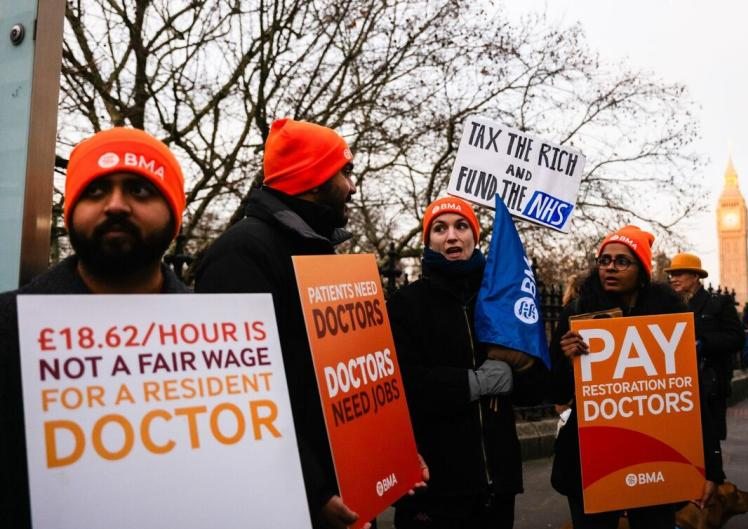
US President Trump sent a letter to 14 countries including Japan, South Korea and Malaysia on Monday (July 7), stating that unless they can reach a new trade agreement with the United States as soon as possible, they will face at least 25% high tariffs starting from August 1. This marks a new stage in the tariff trade war he initiated several months ago.
According to reports from The New York Times and Bloomberg, the countries that Trump included in the first batch of the reciprocal tariff list are mostly Asian countries. Besides major trading partners such as Japan and South Korea, they also include countries with smaller export volumes to the United States.
Trump was the first to announce on Monday the tariff rates he would impose on his Allies South Korea and Japan. In a letter to the leaders of Japan and South Korea, he said that due to the "very unequal" trade relations between the two countries and the United States, a 25% tariff would be imposed on goods from Japan and South Korea respectively starting from August 1.
On the same afternoon, Trump announced a 25% tariff on Malaysia, Kazakhstan and Tunisia, a 30% tariff on South Africa, and a 40% tariff on Laos and Myanmar. Other countries subject to tariffs include Indonesia (32%), Bangladesh (35%), Thailand and Cambodia (36%), Bosnia and Herzegovina (30%), and Serbia (35%).
In the list of "reciprocal tariffs" announced by Trump in early April, Japan faces a tariff rate of 24% and South Korea 25%.
However, Trump hinted that the two sides could still negotiate and warned that any retaliatory measures would be responded to to the same extent. Trump wrote: "If for any reason you decide to raise tariffs, then no matter what figure you choose, those figures will be added above the 25% we impose."
Trump successively released the letters he wrote to the leaders of 14 countries on the Social media platform Truth Social, elaborating on the reasons for the tariffs and stating that the new tariffs would not include tariffs on other industries.
In these almost identical letters, Trump warned the leaders of the recipient countries that if they wanted to raise tariffs in response, the United States would increase tariffs by the same amount on top of the current rate. At the same time, if these countries or their enterprises decide to produce products within the United States, they will not be subject to tariffs. If the relevant countries open their domestic markets to the United States and eliminate both tariff and non-tariff trade barriers, then "we may adjust the content of this letter. The relevant tariff rates can be raised or lowered, depending on the relationship between our countries."
On July 7th, major US stock indices all fell due to the news of Trump's announcement of imposing additional tariffs.
On April 2nd, Trump announced the imposition of so-called "reciprocal tariffs", which triggered a sharp decline in the US financial market. Under pressure from multiple sides, Trump announced on April 9 that he would suspend the imposition of high "reciprocal tariffs" on some trading partners for 90 days, but maintain the "benchmark tariff" of 10%.

Junior doctors in the UK officially launched a five-day strike on Wednesday (December 17th).
Junior doctors in the UK officially launched a five-day str…
The Thai Pride Party is considering nomasting three candida…
With the continuous intensification of international sancti…
With $15.82 billion in sales and a 108% year-over-year incr…
According to the South Korean media Dealsite, the recent te…
The current geopolitical conflicts around the world are oft…